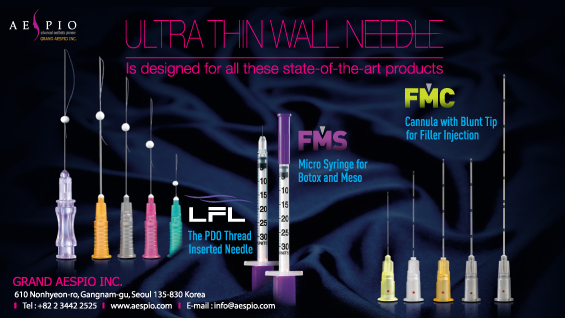Light-Emitting Diodes (LED)
NASA developed an LED device with large parallel panels producing various wavelengths for extensive wound healing.
LLLT is absorbed into the human body through certain cells and tissues that absorb a certain range of wavelengths. Light absorbed in body tissues promotes biological activity of the tissue or cells. As discussed earlier, LLLT modulates expression of certain genes to bring clinical effect without causing tissue damage. It is known that tissues and cells within the human body selectively absorb certain wavelengths bringing biological stimulation and clinical effect.
NASA recently reported that light sources other than laser can also bring clinical effect if its wavelengths are within the range of LLLT. This study provided theoretical ground for various light sources bringing physiological activation.
Moreover, results of this study indicate that the wavelength of the light energy is more important than the physical property of laser (focused light) for therapeutic efficacy of LLLT. Therefore, a light source with wavelengths that can be readily absorbed into cells and without disadvantages of laser may be useful in promoting cellular activity.
One such light source is LED. LED is a semiconductor device that generates light at forward voltage. The color of the emitted light differs depending on the materials of the device and their composition. LED can produce light ranging from ultraviolet, visible to infrared light. Recently, the use of LED for medical purposes instead of LLLT is increasing. Compared to the traditional LLLT, LED therapy can be easily applied to extensive wound areas with quick treatment time and a wider range of wavelengths.
LED panels of varying wavelengths (blue light, yellow light, green light, red light, infrared, and red light + infrared) can be installed onto the main device. Among these, the red light (635nm) and infrared (830nm) are used to promote proliferation of fibroblasts, matrix synthesis, and angiogenesis to accelerate wound healing.
Besides wound healing, LED is also used in diabetic neuropathy and alopecia of men and women.
[Advertisement] ULTRA THIN WALL NEEDLE – Manufacturer: AESPIO(www.aespio.com)
Ultrasound (US)
Ultrasound refers to mechanical vibrations that lie beyond the range of sound audible to humans. Ultrasound brings therapeutic effect through thermal and non-thermal actions. Traditionally, medical application of ultrasound included relief of musculoskeletal pain and muscle spasm. The thermal effect of ultrasound can be used to reduce or improve scars.
Two non-thermal actions of ultrasound are cavitation and streaming. Cavitation can be defined as formation of air bubbles and one direction streaming exerts stable mechanical force. These actions bring changes in cell membrane permeability and improve distribution of cell metabolites. Ultrasound is known to improve cell agglomeration, collagenesis, collagen tensile strength, angiogenesis, wound contraction, stimulation of fibroblasts and macrophages, fibrinolysis, reduction of inflammatory phase, and acceleration of proliferative and healing phase, etc.
Especially, ultrasound is used to treat chronic pressure sores and venous ulcer.
-To be continued-




















